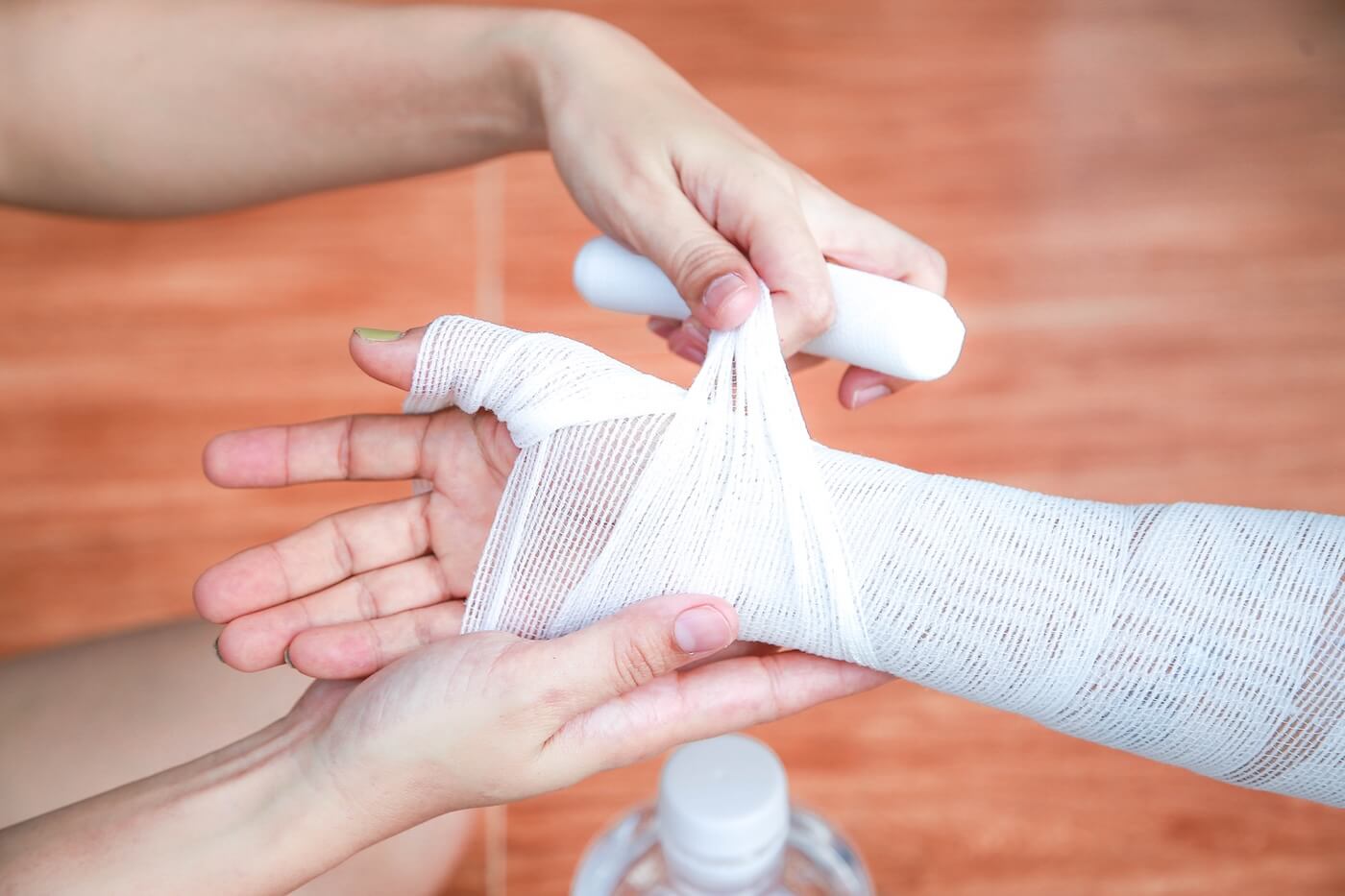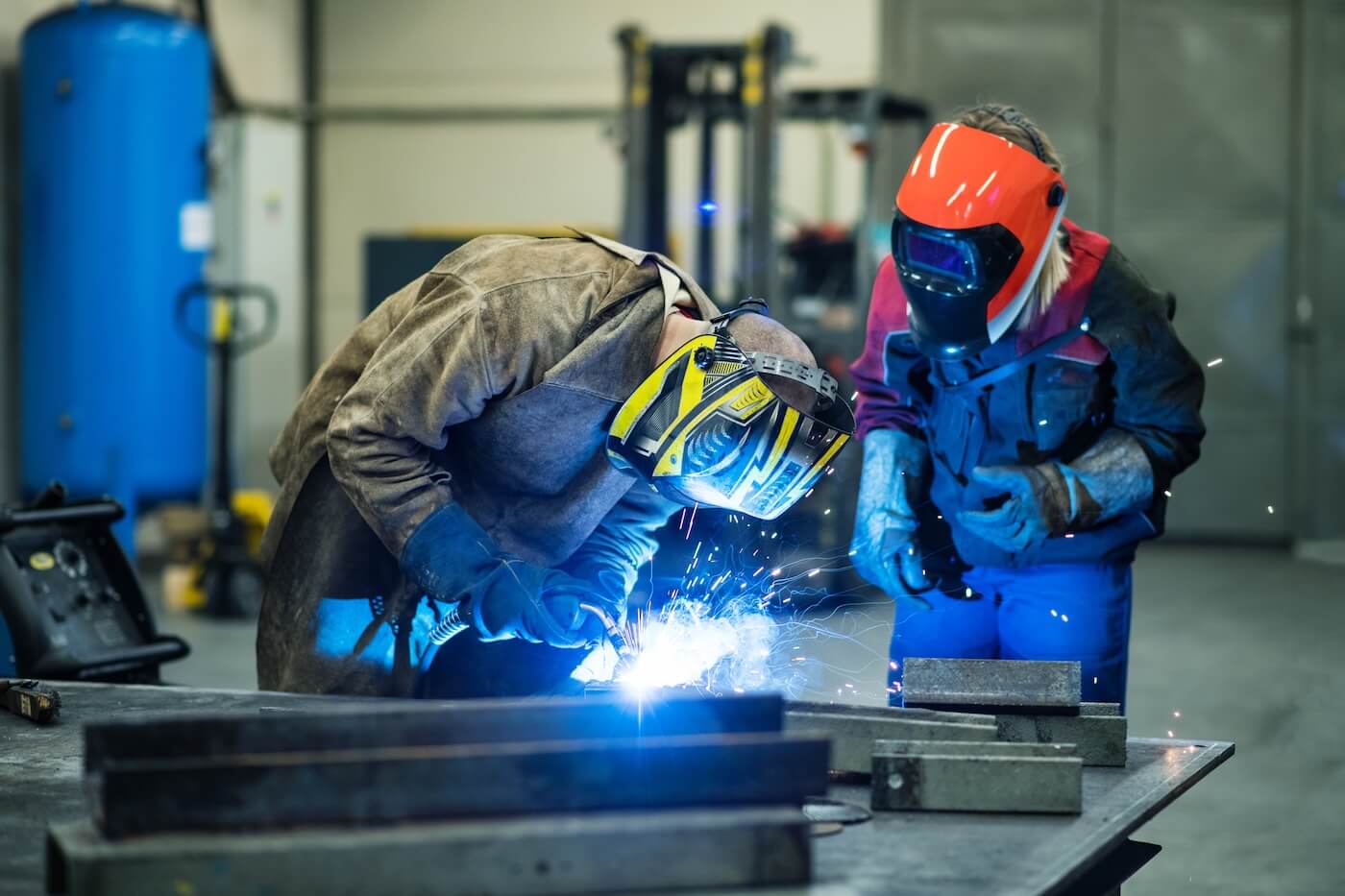Burn Injuries: Legal Options After Thermal or Chemical Accidents

Written by Molly A. Ullrich

Burn injuries from thermal or chemical accidents can cause serious harm and raise immediate legal concerns for those affected. Victims of burn accidents may have the right to compensation if the injury resulted from someone else’s negligence, unsafe products, or a hazardous workplace. Knowing what steps to take after a burn injury can make a major difference in recovery and legal outcomes.
Smith & Weidinger, PLLC assists individuals navigating complex burn injury cases, offering clear guidance on claims against responsible parties, insurance companies, and employers. Understanding your legal options after a burn accident helps ensure accountability and supports your recovery process.
Understanding Thermal and Chemical Burn Injuries
Thermal and chemical burns differ in their causes, severity, and required response. Proper identification and swift documentation are key to effective treatment and any subsequent legal actions.
Types and Causes of Burn Injuries
Thermal burns result from external heat sources such as flames, hot liquids, steam, or heated objects. Common instances include workplace accidents with hot machinery, scalding in kitchens, or residential fires.
Chemical burns are caused by direct contact with acids, alkalis, or other corrosive chemicals. These types often occur in industrial settings, laboratories, or through improper storage of household cleaning agents.
The following table highlights key distinctions:
| Type | Common Causes | Typical Settings |
| Thermal | Fire, hot liquids | Homes, kitchens, workplaces |
| Chemical | Acids, alkalis | Factories, labs, households |
Both types can range from mild to severe, potentially leading to lasting tissue damage. Employers and property owners have legal responsibilities to maintain safe environments, reducing risk of these injuries.
Immediate Medical Response and Documentation
For thermal burns, immediate cooling of the affected area with water is advised, followed by sterile dressings to protect the wound. Chemical burns require removal of contaminated clothing and prolonged flushing with water to dilute and remove the irritant.
Prompt medical evaluation is essential for deep, large, or facial burns. Documentation should include photographs, written descriptions, and, if available, incident reports.
Accurate records of cause, severity, and initial treatments form crucial evidence in personal injury cases. Early involvement of medical professionals ensures injuries are properly documented and care steps are verified, which can impact legal outcomes.
Thermal Burn Injury Legal Options
Victims of thermal or chemical burns may have specific legal options, but eligibility and procedures can vary depending on how and where the injury occurred. Understanding when to contact an attorney and how state laws, especially those in Colorado, affect claims is crucial.
When to Seek Legal Counsel
Individuals should consider legal counsel if their burn injury resulted from another party’s negligence, unsafe work conditions, or a defective product. A personal injury lawyer can clarify whether the circumstances qualify for a compensation claim.
A chemical burn accident lawyer or thermal burn injury attorney can help gather critical evidence, such as medical records, accident reports, and witness statements. If the injury happened at work, contacting legal counsel quickly is important due to potential workers’ compensation deadlines.
Situations warranting legal assistance include:
- Burns caused by hazardous workplace environments
- Accidents involving hot liquids, steam, or electrical failures
- Injuries from exposure to caustic chemicals due to improper labeling or handling

Timely advice helps victims navigate insurance policies and protect their rights to full compensation, including for medical bills, lost wages, or pain and suffering.
Relevant State Laws and Colorado-Specific Restrictions
Colorado statute imposes certain restrictions and deadlines for burn injury lawsuits. For most personal injury cases, the statute of limitations is two years from the date of injury, but for motor vehicle accidents, it extends to three years.
Colorado follows a modified comparative negligence rule. If the burn victim is partly at fault, any compensation may be reduced proportionally. If found 50% or more at fault, recovery is barred.
Burn claims against a government entity in Colorado are subject to strict notice requirements—often just 180 days to file a formal claim. Colorado law may also cap damages for pain and suffering in non-economic losses, impacting settlement amounts.
Legal counsel familiar with Colorado’s liability and compensation limits ensures compliance with these rules and maximizes recovery potential.
Pursuing Burn Injury Compensation Claims
Burn injury victims face significant medical, emotional, and financial hardships after an accident. Legal support can help recover damages, navigate paperwork, and handle negotiations with insurers or responsible parties.
Compensation Claims for Burn Victims
Victims of thermal or chemical burns can pursue compensation for various losses. Common claims include reimbursement for medical expenses such as hospitalization, surgeries, medications, and ongoing rehabilitation. Victims may also seek payment for lost wages if the injury prevents them from working, both for time missed and reduced future earning potential.
Claims often cover pain and suffering due to the physical and psychological impact of burn injuries. Emotional distress, disfigurement, and loss of enjoyment of life may also be included. It is vital to document all costs and effects carefully to maximize the compensation claim.
Typical compensation categories:
| Category | Examples |
| Medical Bills | Hospital, surgeries, medications |
| Lost Wages | Missed work, lost job opportunities |
| Pain and Suffering | Physical pain, emotional trauma |
| Long-Term Care | Rehabilitation, home modifications |
Selecting Competent Legal Representation
Hiring an attorney with experience in burn injury cases increases the chances of a successful outcome. Competent legal counsel can assess if there is a valid claim, identify liable parties, and guide clients through complex legal procedures.
When choosing representation, victims should look for a lawyer or firm with a record of handling accident compensation claims and a strong understanding of medical and technical details related to burns. Initial consultations are commonly free. Key questions to ask include experience with similar cases, fees and payment structures, and recent case results.
Qualities of effective legal representatives:
- Specialization in personal injury law
- Availability to answer questions and provide updates
- Transparent fee arrangements, often on a contingency basis
- Demonstrated success in negotiating settlements or winning trials

Overcoming Challenges in Burn Injury Cases
Burn injury litigation often involves unique barriers. Defendants may try to dispute the severity or cause of the burn, while insurance companies may minimize payout amounts or delay settlement. Gathering detailed evidence such as medical records, witness statements, and expert testimony is crucial.
Victims sometimes face challenges in proving lost wages or the long-term impact of scarring and disfigurement. Firms experienced in these cases can connect clients with medical experts, handle paperwork, and advocate for the full value of a claim. Legal guidance helps victims address denials, appeals, or disputes about liability.
Support for clients also includes explaining legal rights, preparing documentation, and ensuring deadlines are met. With skilled legal assistance, the process becomes more manageable and focused on securing fair compensation.
Note: The information provided in this blog post has been compiled from publicly available and secondary sources. While we strive for accuracy, some details may become outdated or contain inadvertent errors. If you believe any information is incorrect or requires updating, please contact Smith & Weidinger so that we may review and make the appropriate corrections.
Disclaimer: This blog post is for informational purposes only and is not intended as a solicitation for business. The photo used is not from the scene of the incident described. Viewing this content does not create an attorney-client relationship with Smith & Weidinger. If you have been injured in an accident, please seek immediate medical attention and then consult with a qualified attorney to discuss your legal rights and options.










